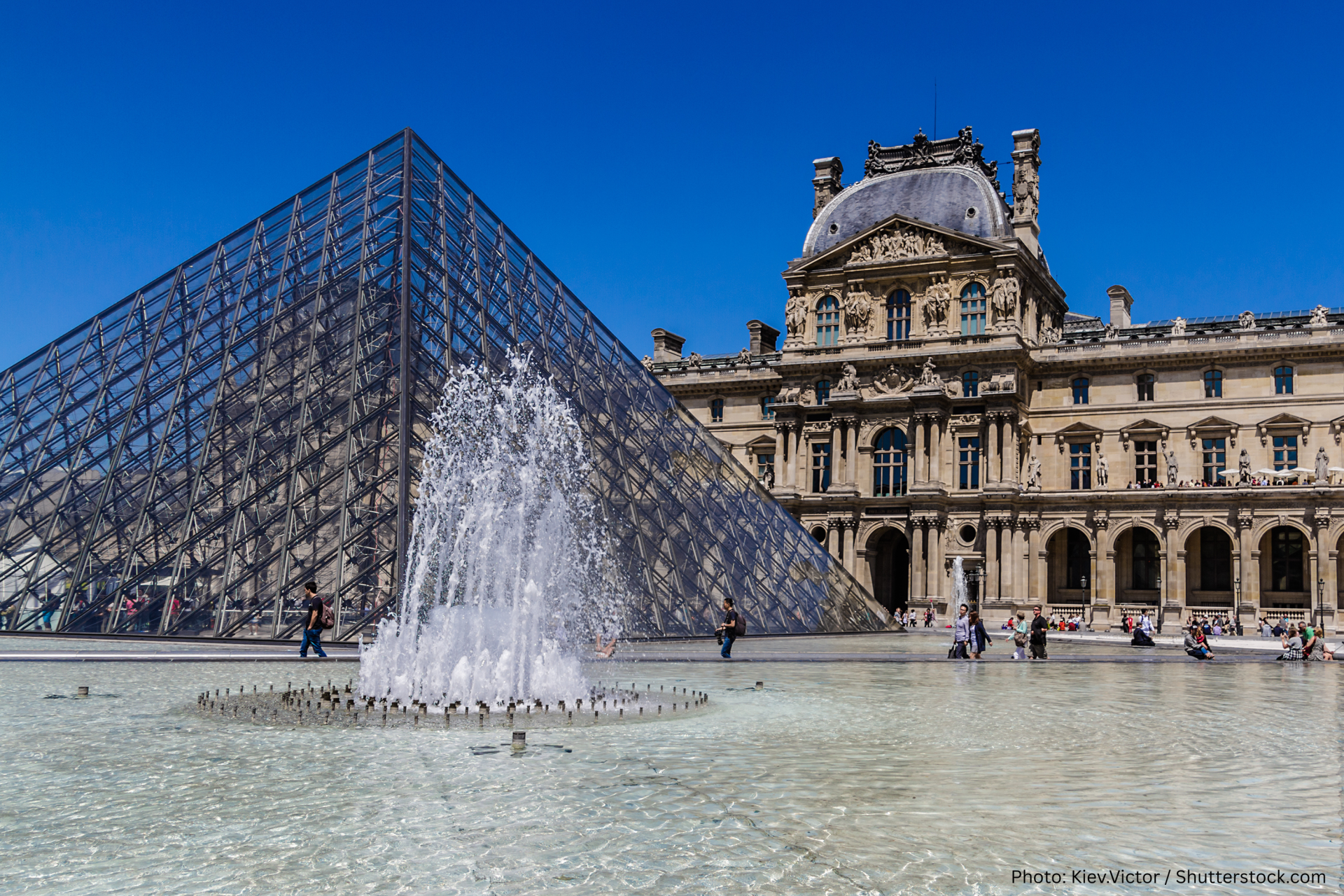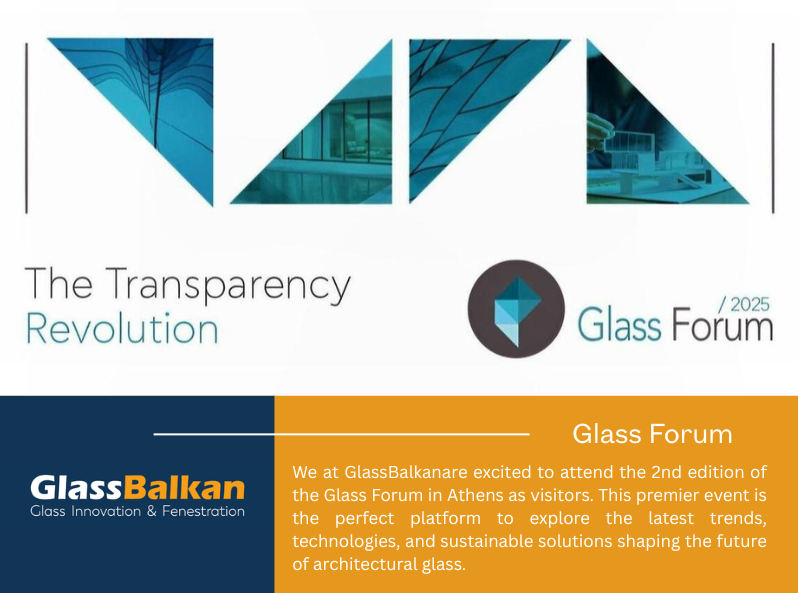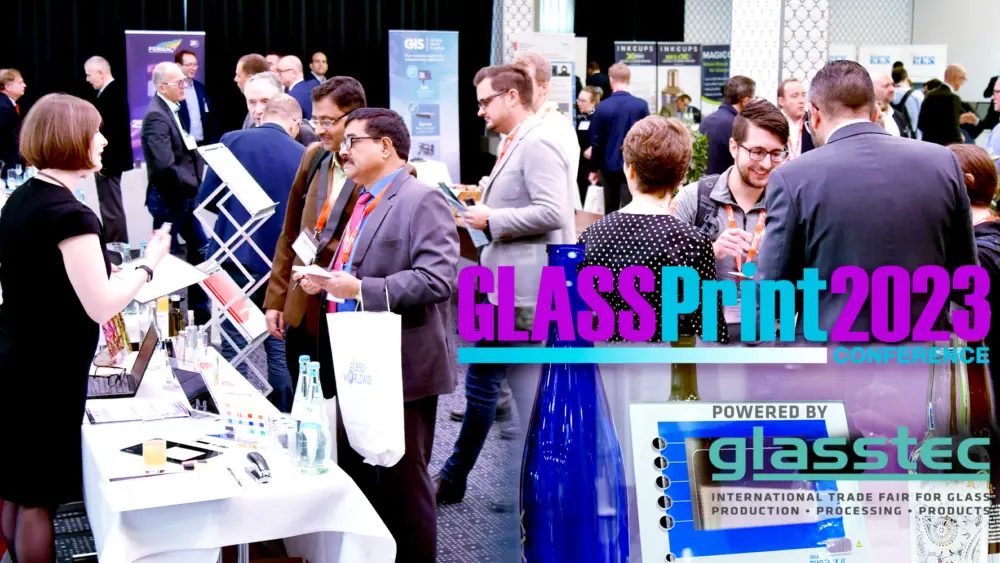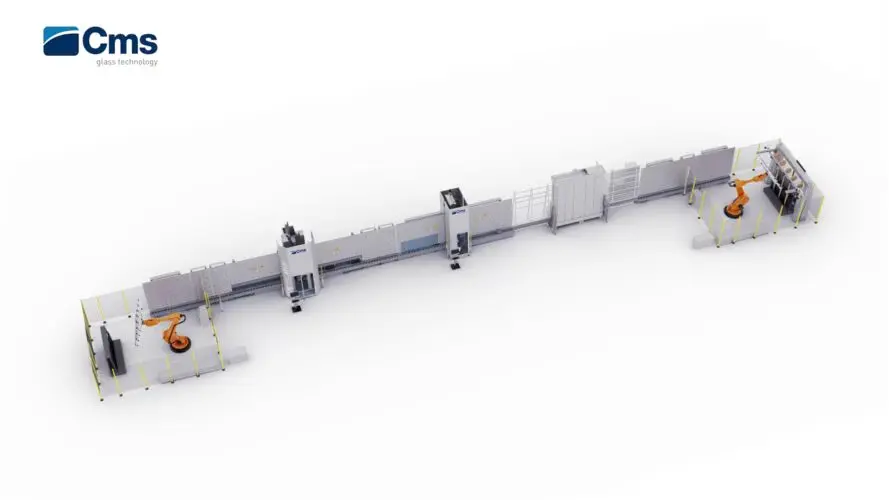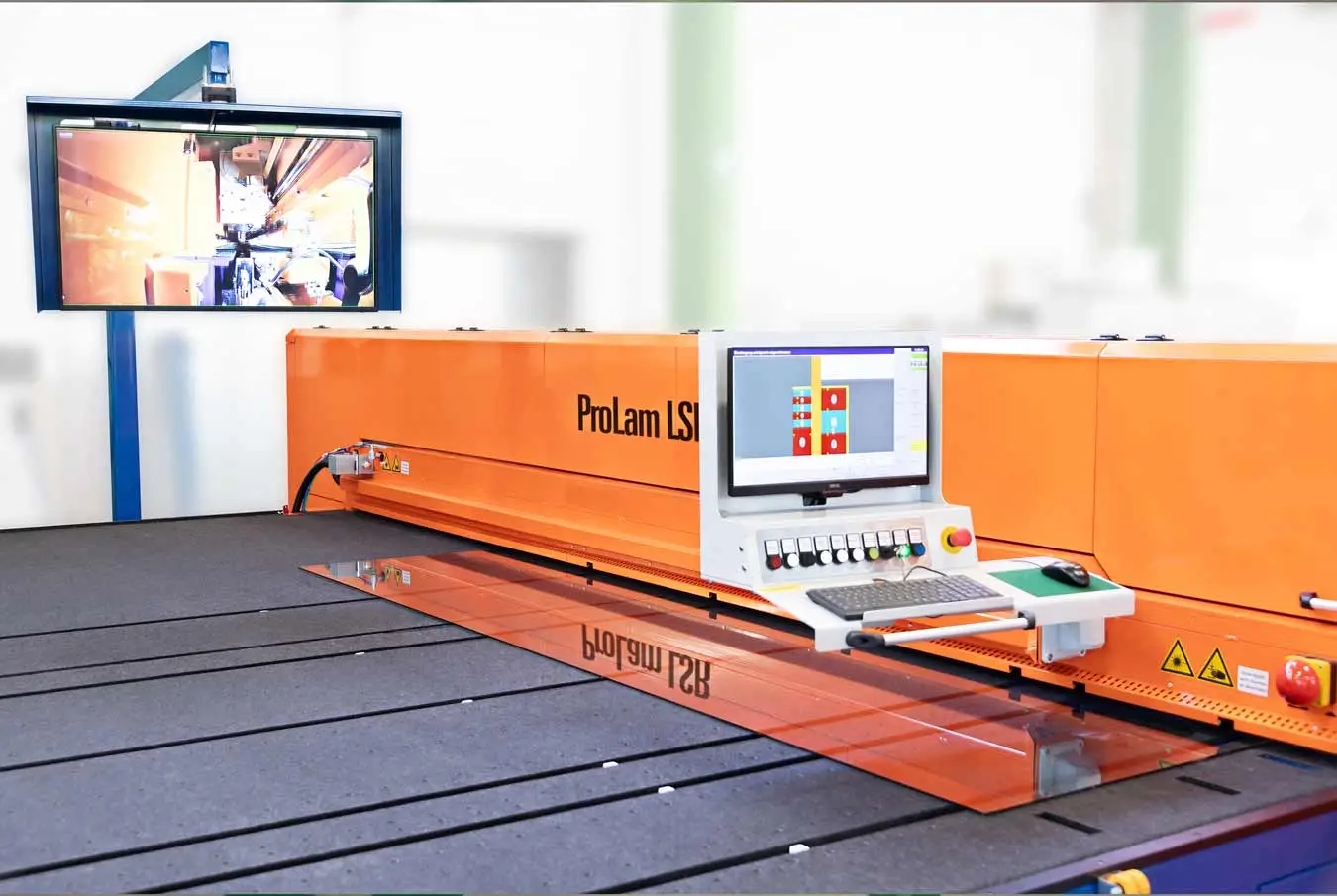In just under four minutes, a group of thieves managed to breach the Louvre Museum’s famed Apollo Gallery, break into two display cases, and escape with jewelry worth an estimated $100 million. The October 19 heist has ignited debate across the glass and security industries about the effectiveness of today’s security glazing systems.
According to French authorities, the robbers accessed the gallery by cutting through an exterior window using motorized angle grinders. The BBC reported that the double-paned glass and wooden frame “were little match” for the gang’s tools, and the museum has since confirmed the window was not reinforced. Once inside, CCTV footage showed that the display cases, housing Napoleon’s diamond and emerald gifts to Empress Marie-Louise, were compromised in less than four minutes.
Louvre director Laurence des Cars admitted before France’s Senate cultural committee that years of underinvestment had left some security systems outdated. The display cases, installed in 2019 with Cartier’s support, were designed to resist gunfire, not mechanical cutting tools. “The glass didn’t shatter,” des Cars explained. “It was split open, allowing the thieves to reach in.”
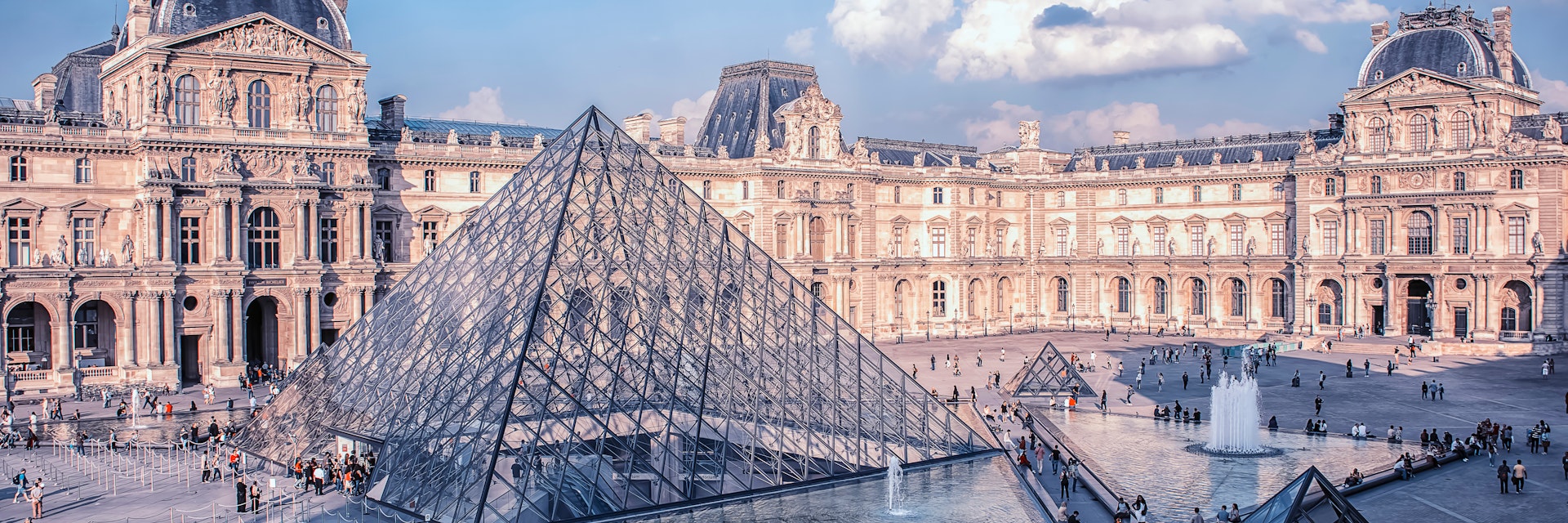
Experts say the glass used was likely laminated or ballistic-resistant. Darrell Smith, executive director of the International Window Film Association, noted that because the glass didn’t fragment, it was probably a composite glazing system rather than standard tempered or annealed glass.
Still, specialists agree that even higher-grade security glass might not have stopped the thieves. “They were equipped to cut through virtually anything,” Smith said. Eastman’s Julie Schimmelpenningh added that only a level-three or higher ASTM F3561-rated system could have significantly delayed their progress.
However, industry experts point out that advanced hybrid glazing systems, combining thick laminated glass with polycarbonate interlayers, could have offered stronger resistance. Polycarbonate-based composites, such as those used in forced-entry or UL 752 Level 5+ ballistic assemblies, are designed to withstand prolonged attacks using mechanical tools like grinders or axes. While no glazing can make a display fully impenetrable, these systems can buy crucial time for alarms and security response, a factor that might have changed the outcome of the Louvre heist.
Source: Glass Balkan
